It’s true, you can’t judge a book by its cover. That goes for people and seemly adorable, wild animals. Like many things in this world, the outward appearance of an animal isn’t a true testament of its character or natural instincts. For example, as spooky as bats or garden snakes may seem they are actually quite harmless and in fact, highly beneficial to their environments. On the flip side, a cuddly and cute polar bear can tear you to pieces.
So without further ado, here is a list of 25 cute but deadly animals that wouldn’t think twice about causing serious harm when provoked.
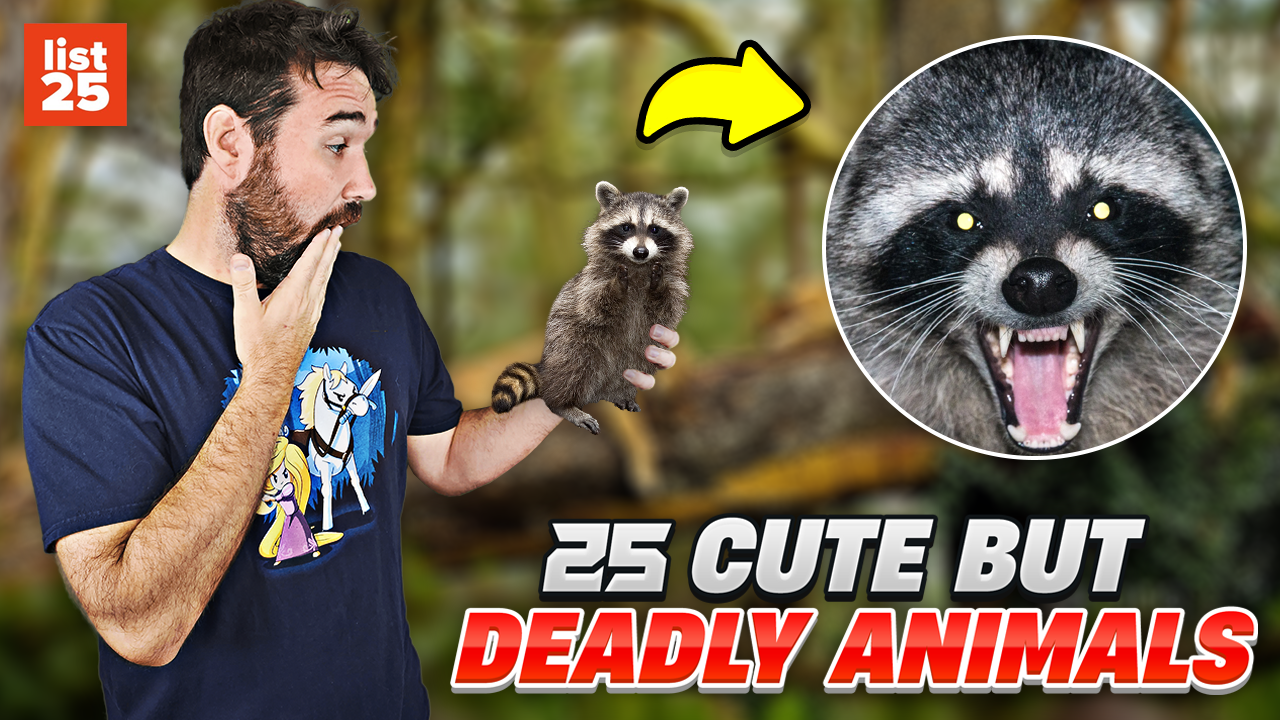
Tasmanian Devil
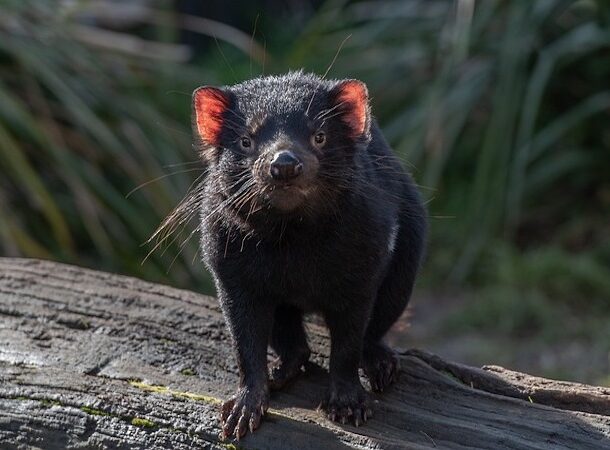 https://animals.sandiegozoo.org/animals/tasmanian-devil
https://animals.sandiegozoo.org/animals/tasmanian-devil Tasmanian devils certainly have a certain rugged charm due to their their black color and fierce, snarling behavior.
Their loud and distinctive calls, which sound like a mix between a growl and a scream, can be heard from miles away and are generally used to scare off predators. They have powerful jaws and sharp teeth, which they use to kill and eat their prey.
Platypus
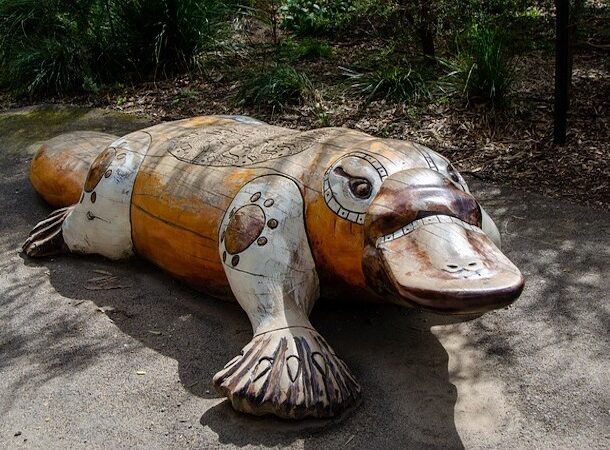 https://oceanservice.noaa.gov/facts/platypus.html
https://oceanservice.noaa.gov/facts/platypus.html Platypuses are unique among mammals in that they are semi-aquatic animals that use their bill to hunt and feed.
They are mostly active at night, and they use their highly sensitive bill to detect the presence of prey in the water. P
latypuses are skilled swimmers, and they use their webbed feet to propel themselves through the water. Once they locate their prey, they use their sharp claws and powerful front legs to dig into the bottom of the river or stream to capture and eat their food.
Hippopotamus
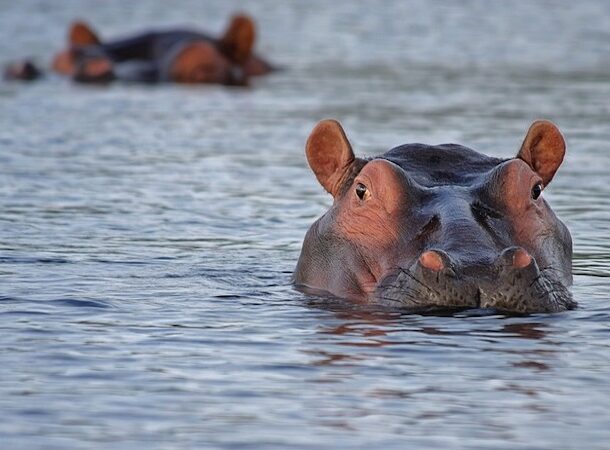 https://www.awf.org/wildlife-conservation/hippopotamus
https://www.awf.org/wildlife-conservation/hippopotamus Hippos are considered to be one of the most dangerous animals in Africa. They are the third-largest land animal in the world, and they can weigh up to 8,000 pounds.
Hippos are herbivores, and they mostly eat grass and other vegetation. They are also highly territorial animals, and they can be aggressive towards other animals, including humans, that come too close to their territory.
Dog
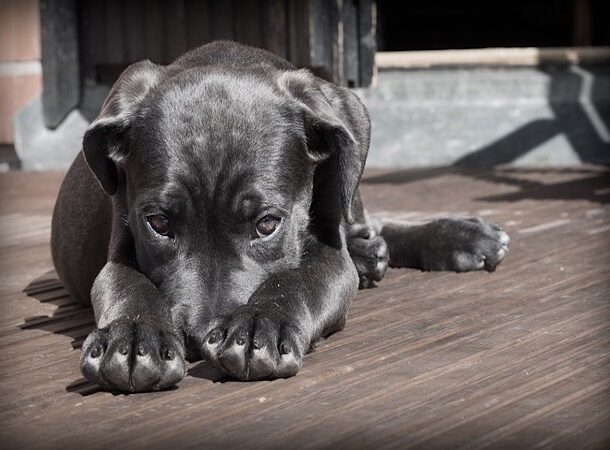 https://www.wetpawsdoggrooming.com/the-20-most-dangerous-dog-breeds/
https://www.wetpawsdoggrooming.com/the-20-most-dangerous-dog-breeds/ Dogs are domesticated carnivorous mammals that are closely related to wolves. They are known for their intelligence, loyalty, and their ability to form strong bonds with humans.
However, they are also animals, and they can be unpredictable in their behavior. Dogs have sharp teeth and powerful jaws, and they can bite and cause serious injuries or even death in some cases.
It is important to train and socialize dogs properly to prevent them from becoming aggressive and to always supervise them around children and other animals.
Rat
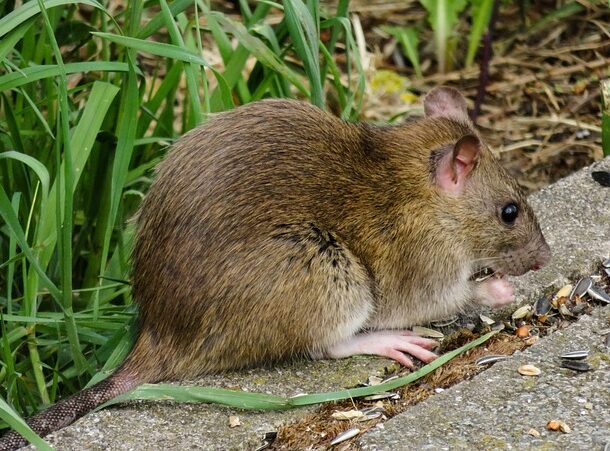 https://www.natgeokids.com/uk/discover/animals/general-animals/facts-about-rats/
https://www.natgeokids.com/uk/discover/animals/general-animals/facts-about-rats/ Rats are not generally considered to be deadly animals. While they can carry diseases and cause damage to property, they are generally not dangerous to humans.
Rats are small, rodent-like animals that are found in urban and rural areas around the world. They are known for their ability to reproduce quickly, which can lead to infestations in homes and other buildings.
Wolverine
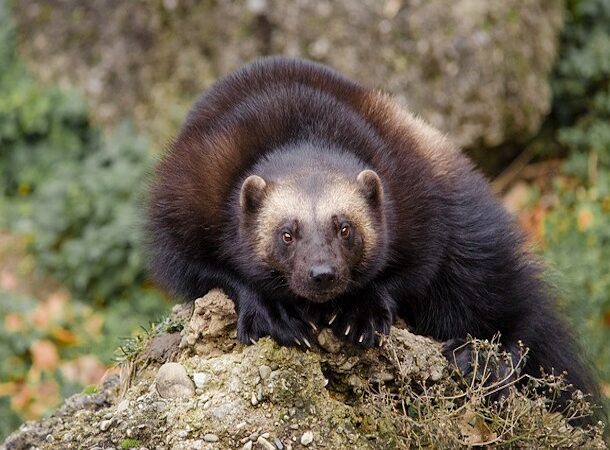 https://www.nationalgeographic.com/animals/mammals/facts/wolverine
https://www.nationalgeographic.com/animals/mammals/facts/wolverine Wolverines are carnivorous mammals that are native to the northern forests of North America, Europe, and Asia.
They are known for their powerful build and sharp claws, which they use to hunt and kill their prey. They are also known for their ferocity and their ability to take on larger animals, such as bears and wolves.
Cassowary
 https://animals.sandiegozoo.org/animals/cassowary
https://animals.sandiegozoo.org/animals/cassowary The cassowary is a large, flightless bird that is native to the rainforests of New Guinea and northeastern Australia.
Cassowaries are solitary animals, and they are shy and reclusive by nature. They are also powerful and agile, and they can run at speeds of up to 31 mph.
Despite their impressive size and appearance, cassowaries are generally peaceful and will only attack if they feel threatened.
Leopard Seal
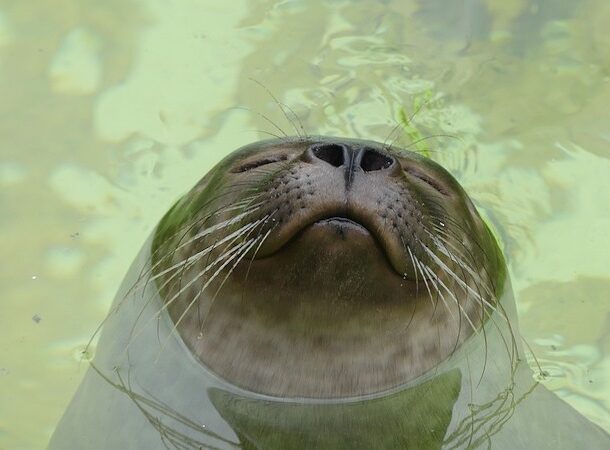 httpCassowarys://oceanwide-expeditions.com/blog/danger-beneath-the-water-10-facts-about-leopard-seals
httpCassowarys://oceanwide-expeditions.com/blog/danger-beneath-the-water-10-facts-about-leopard-seals The leopard seal is a large, predatory seal that is found in the waters around Antarctica. They are also known for their agility and speed in the water, which allows them to catch their prey.
Despite their fearsome reputation, leopard seals are an important part of the Antarctic ecosystem, and they play a key role in controlling the populations of other animals.
Komodo Dragon
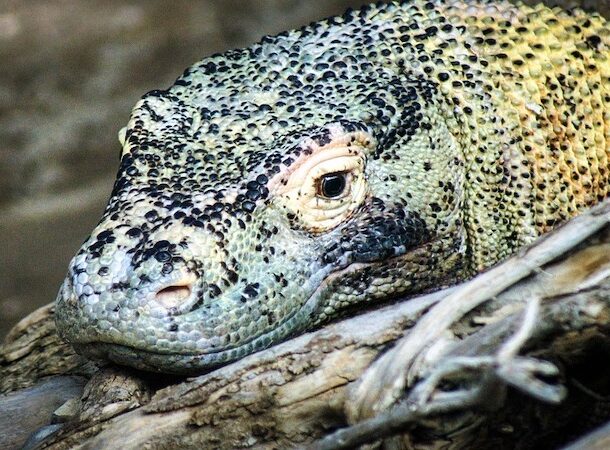 https://www.nationalgeographic.com/animals/reptiles/facts/komodo-dragon
https://www.nationalgeographic.com/animals/reptiles/facts/komodo-dragon The Komodo dragon is a type of large, carnivorous lizard that is found on the Indonesian islands of Komodo, Rinca, and Flores.
They are the largest lizards in the world, and they can grow up to 10 feet long and weigh over 150 pounds.
Komodo dragons are known for their strong jaws and sharp teeth, which they use to hunt and kill their prey. They are also known for their venomous saliva, which they use to subdue their victims and aid in digestion.
Box Jellyfish
 https://oceanservice.noaa.gov/facts/box-jellyfish.html
https://oceanservice.noaa.gov/facts/box-jellyfish.html The box jellyfish is considered to be one of the most venomous animals in the world, and it is capable of causing serious injury or death to humans.
The box jellyfish has a transparent, cube-shaped body, and it is often difficult to see in the water. It has long, venomous tentacles that it uses to capture its prey, and it can swim at high speeds. I
f you encounter a box jellyfish, it is important to get away from it as quickly as possible to avoid being stung.
Beaver
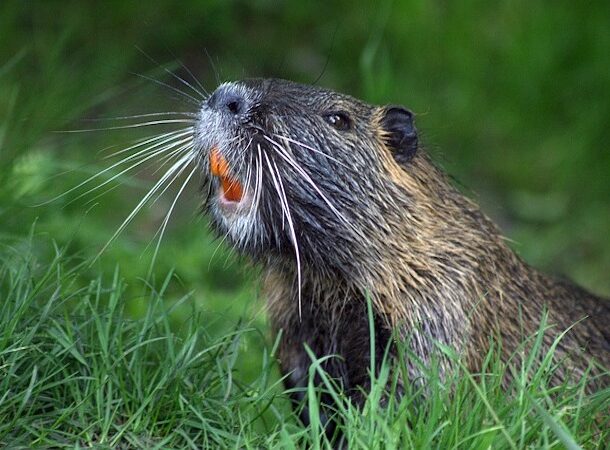 https://nationalzoo.si.edu/animals/news/8-facts-celebrate-international-beaver-day
https://nationalzoo.si.edu/animals/news/8-facts-celebrate-international-beaver-day Beavers are known for their dam-building behavior, which they use to create ponds and wetlands that provide habitat for other animals.
Beavers are herbivores, and they mostly eat trees and other vegetation. In general, beavers will try to avoid confrontations with humans, but if they feel cornered or threatened, they may attack in self-defense.
Poison Dart Frog
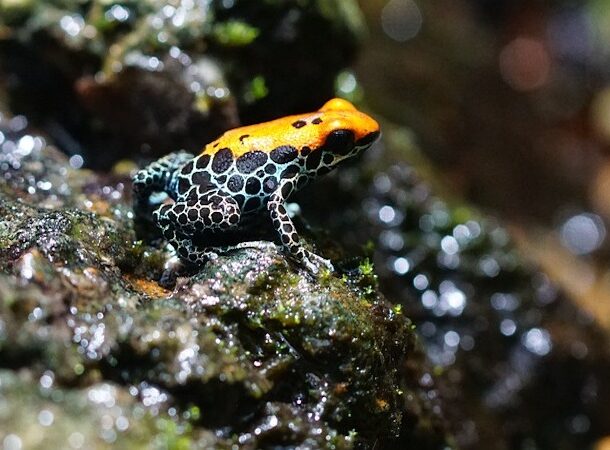 https://kids.nationalgeographic.com/animals/amphibians/facts/poison-dart-frog
https://kids.nationalgeographic.com/animals/amphibians/facts/poison-dart-frog A poison dart frog is a type of brightly-colored frog that is native to the rainforests of Central and South America.
These frogs are known for their highly toxic skin, which contains powerful alkaloid chemicals that can cause paralysis or even death in predators.
Despite their small size, poison dart frogs are feared and respected by other animals in the rainforest.
Deer
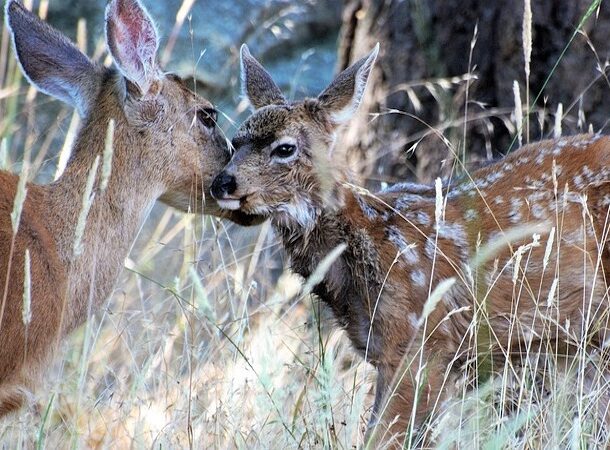 https://onekindplanet.org/animal/deer/
https://onekindplanet.org/animal/deer/ They are known for their delicate and graceful appearance, with their slender legs, large eyes, and soft fur.
Deer are generally peaceful and shy animals, but they can become aggressive if they feel threatened or if they are protecting their young. They have sharp hooves and antlers, which they can use to kick or gore their attackers.
Dolphins
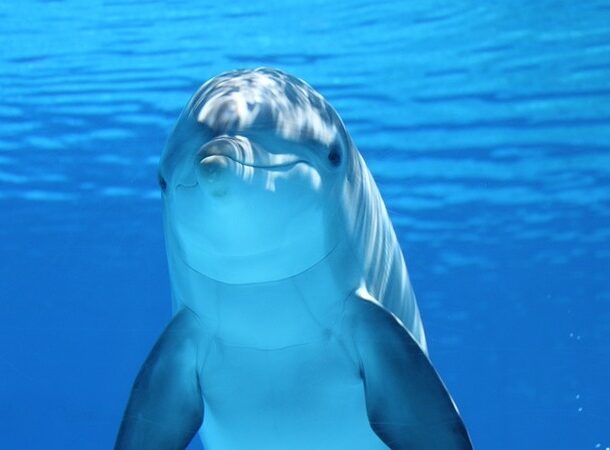 https://www.britannica.com/animal/dolphin-mammal
https://www.britannica.com/animal/dolphin-mammal Dolphins are found in oceans around the world, and they are an important part of the marine ecosystem.
They are highly intelligent and social animals and live in pods of up to several hundred individuals. They are also skilled hunters, and they use their agile bodies and sonar abilities to catch fish and other prey.
Wolf
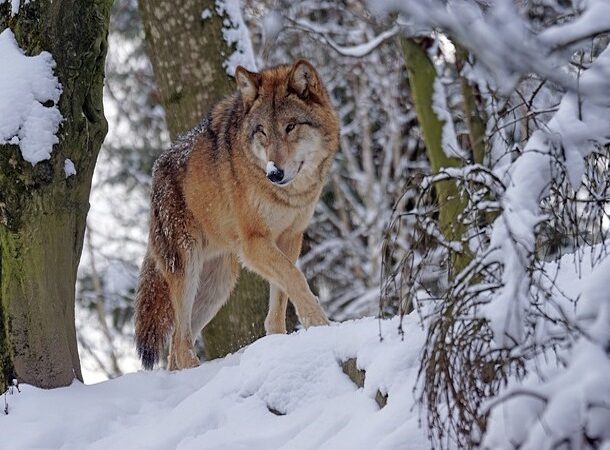 https://wolf.org/wolf-info/wild-kids/fun-facts/
https://wolf.org/wolf-info/wild-kids/fun-facts/ Wolves are skilled hunters, and they use their keen senses and pack coordination to hunt large prey, such as deer and moose. They are also known for their howls, which they use to communicate with other members of their pack.
Elephant
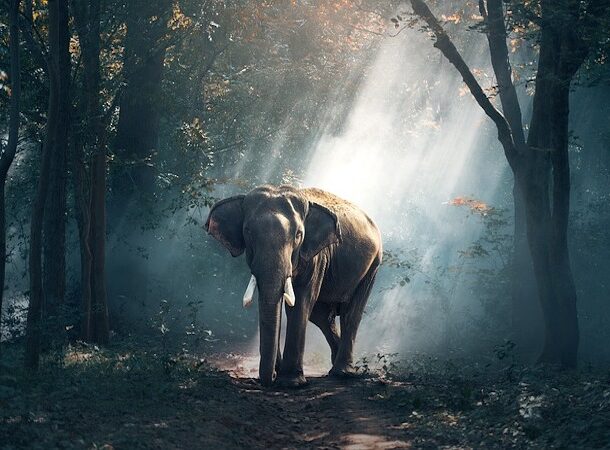 https://www.vfaes.org/why-asian-elephants?gclid=CjwKCAiAheacBhB8EiwAItVO2-O5zeLXKdIh3CLvXIWThVAnbZdD4ynDRYT3vo7b5G7TWhr7jrhtbxoCzpYQAvD_BwE
https://www.vfaes.org/why-asian-elephants?gclid=CjwKCAiAheacBhB8EiwAItVO2-O5zeLXKdIh3CLvXIWThVAnbZdD4ynDRYT3vo7b5G7TWhr7jrhtbxoCzpYQAvD_BwE Elephants are the largest land animals in the world, and they can weigh up to five to six tons. Elephants are highly intelligent and social animals, and they live in large herds led by a dominant female, known as the matriarch.
They can use their size and strength to cause serious injuries or even death. They also have sharp tusks, which they can use to stab or gore their victims. In addition, elephants can use their trunk and feet to crush or trample objects, including people.
Panda Bear
 https://kids.nationalgeographic.com/animals/mammals/facts/giant-panda
https://kids.nationalgeographic.com/animals/mammals/facts/giant-panda Panda bears are known for their distinctive appearance, with black patches around their eyes, ears, and body, and a white belly and chest.
Pandas are herbivores, and they primarily eat bamboo, which makes up over 99% of their diet. They have powerful bodies and sharp claws that they use for climbing and digging.
They are also capable of standing and walking on their hind legs, which gives them greater reach and allows them to grasp objects more easily.
Mute Swan
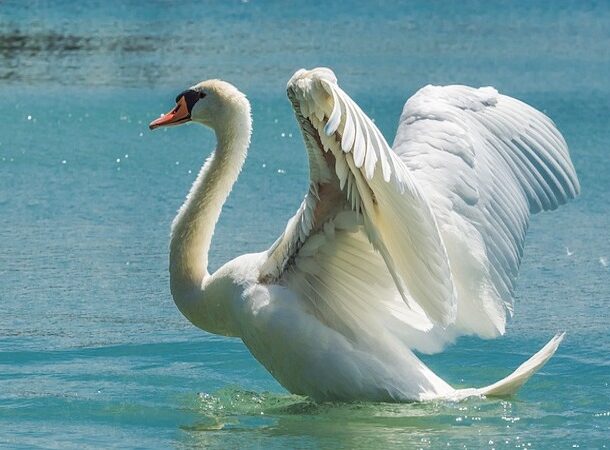 https://a-z-animals.com/animals/swan/
https://a-z-animals.com/animals/swan/ The mute swan is a large, waterbird that is native to parts of Europe and Asia and is often viewed as a symbol of love and romance.
They are named for their lack of a distinctive call, and they are known for their grace and beauty on the water.
Mute swans are primarily white in color, with an orange bill and black facial markings. They are territorial birds, and they can become aggressive toward other animals and humans that come too close to their nests.
Chimpanzee
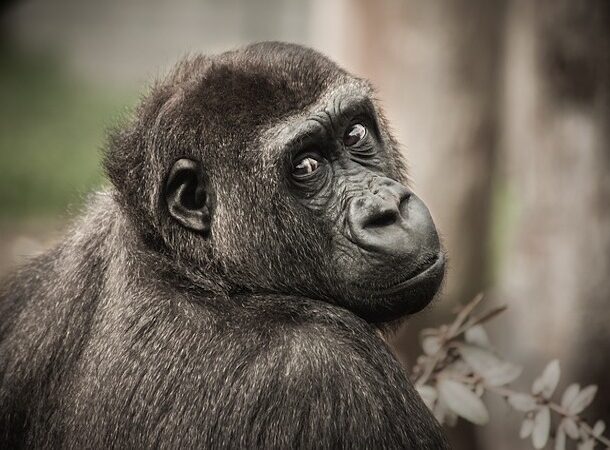 https://www.worldwildlife.org/species/chimpanzee
https://www.worldwildlife.org/species/chimpanzee Chimpanzees are strong and powerful animals, and they have been known to attack and even kill humans in some cases.
They are also highly intelligent and can use tools, which can make them even more dangerous. It is important to respect the natural boundaries of chimpanzees and to avoid approaching or handling them without the guidance of a trained professional.
Dingo
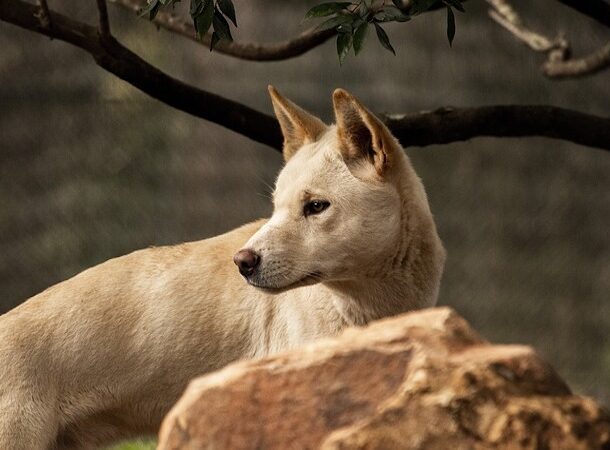 https://www.nationalgeographic.com/animals/mammals/facts/dingo
https://www.nationalgeographic.com/animals/mammals/facts/dingo A dingo is a type of wild dog that is native to Australia. Dingoes have a sandy-colored coat, pointed ears, and cute little bushy tails.
They are highly intelligent and adaptable animals, and they are capable of surviving in a variety of environments.
Dingoes are generally shy and wary of humans, but they can become aggressive if they feel threatened.
Kangaroos
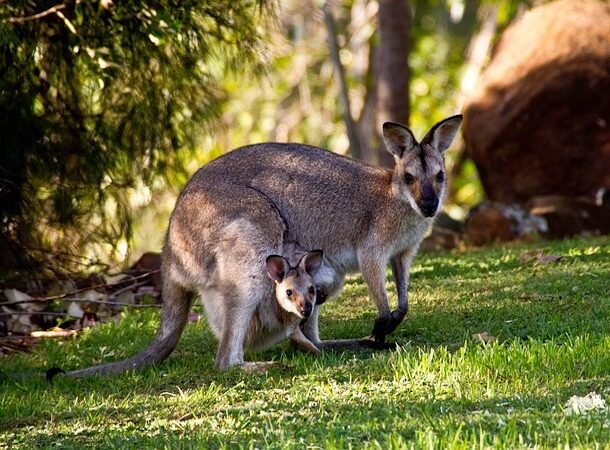 https://www.bushheritage.org.au/species/kangaroos
https://www.bushheritage.org.au/species/kangaroos While kangaroos are often considered as adorable, they can also be dangerous if provoked.
They are known for their powerful hind legs, which they use for hopping and jumping at high speeds.
Kangaroos are large marsupial animals that are native to Australia. They are social animals that mostly eat grass and other vegetation.
Raccoon
 https://www.nationalgeographic.com/animals/mammals/facts/raccoon
https://www.nationalgeographic.com/animals/mammals/facts/raccoon A raccoon is a small, nocturnal mammal native to North and Central America. Raccoons are known for their cute superhero black mask that covers their eyes and a bushy tail with distinctive rings.
They are highly adaptable animals and can be found in a variety of environments, from forests and woodlands to urban areas.
While raccoons are generally not aggressive towards humans, they can become aggressive if they are cornered or if they feel threatened. Raccoons can also carry diseases, such as rabies, that can be transmitted to humans through bites or scratches.
Slow Loris
The slow loris is a small, nocturnal primate that is native to parts of Asia. They are known for their distinctive appearance, with big round eyes and cute, rounded faces.
Slow lorises are small and slow-moving, which makes them easy prey for larger animals. As a result, they have developed a number of unique adaptations for survival, including toxic bites and the ability to hang from branches for extended periods of time.
Despite their adorable appearance, slow lorises are protected by international law due to their declining populations.
Pufferfish
 https://kids.nationalgeographic.com/animals/fish/facts/pufferfish
https://kids.nationalgeographic.com/animals/fish/facts/pufferfish A pufferfish is a type of fish that has the ability to puff up its body by swallowing water or air, making it appear much larger and more intimidating to predators.
Pufferfish are also known for their unique appearance, with spiky spines covering their body and protruding snouts.
Some species of pufferfish are highly toxic and can be dangerous to eat, although certain parts of the fish are considered a delicacy in some cultures. In general, pufferfish are found in tropical and subtropical waters around the world.
Polar Bear
 https://www.worldwildlife.org/species/polar-bear
https://www.worldwildlife.org/species/polar-bear A polar bear is a type of bear that lives in the Arctic Circle. They are known for their thick, white fur, which helps them blend in with their snowy surroundings and keeps them warm in the cold climate.
Polar bears are powerful predators that hunt seals and other marine mammals, and they are considered to be vulnerable to extinction due to the effects of climate change on their habitat.



























